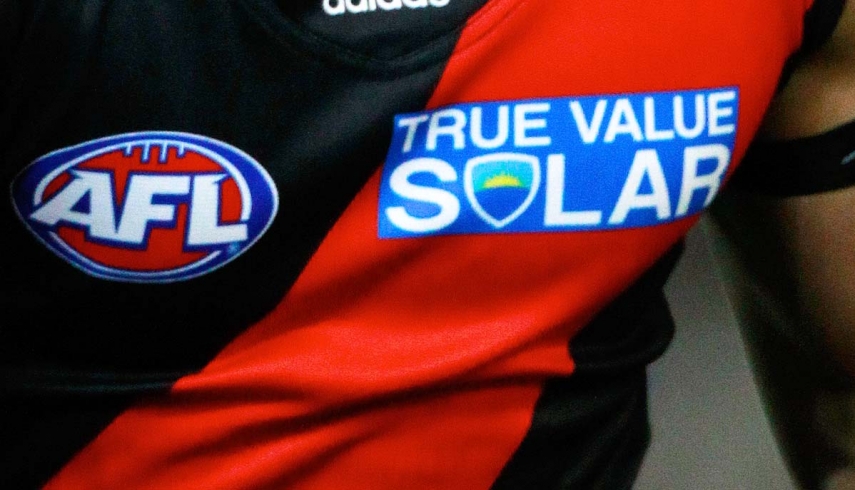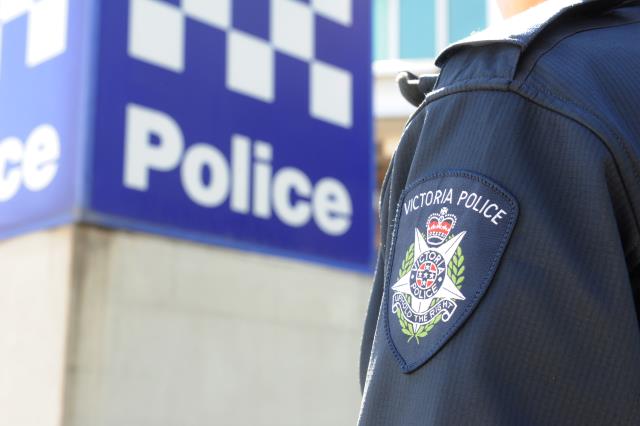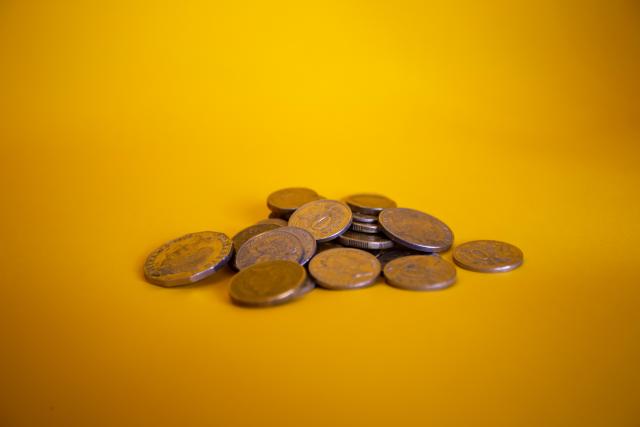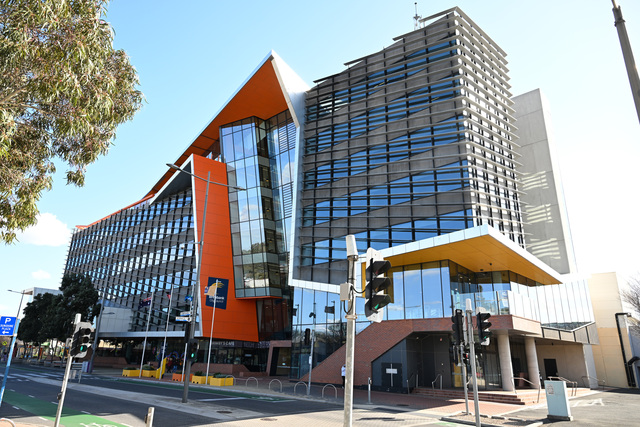The 17-month drugs probe into Essendon Football Club has climaxed following the preparation of a slew of show-cause notices for players by the Australian Sports Anti-Doping Authority.
At the time of publication, neither Essendon players nor the AFL had received any notification from ASADA that outlined alleged anti-doping rule breaches, but Fairfax Media established that the issuing of numerous notices was set to occur simultaneously.
A total of 34 notices will be issued to players, querying the use of the peptide thymosin Beta 4. It is understood the notices do not concern the use of the controversial anti-obesity drug AOD-9604.
The drug scandal relates to the club’s supplements regime in 2012, conducted under coach James Hird (pictured below), who has been suspended for this year by the AFL.
Essendon was disqualified by the AFL from the finals last season, and these notices will throw its season into turmoil again.
The use of prohibited substances by athletes carries a mandatory two-year ban under the World Anti-Doping Agency code, to which the AFL is a signatory sport.
The final step before the notices could be sent was the personal authorisation of each individual notice by ASADA’s CEO, Ben McDevitt, who told a Senate estimates hearing last week that the case involving AFL and NRL clubs would come to a head in a matter of “weeks” rather than “months”.
The Essendon footballers, who are being represented en masse by solicitor Tony Hargreaves and two members of the AFL Players’ Association’s legal counsel, will have 10 days to respond before briefs of evidence are passed from ASADA to the Anti-Doping Rule Violation Panel (ADRVP) – the federal government-appointed group of experts that must review all significant anti-doping proceedings.
The entire process has been overseen by former Federal Court judge Garry Downes, who was enlisted by the federal minister for sport, Peter Dutton, to assist ASADA by reviewing the concluding stages of the most extraordinary doping investigation in the history of Australian sport.
AFL CEO Gillon McLachlan would not comment on the matter last night.
A player agent with more than one client involved received legal advice that ASADA had not forwarded any correspondence.
Only yesterday afternoon Essendon chairman Paul Little maintained that the issuing of show-cause notices by ASADA was “unlikely” – a position he took in a statement on the club’s website.
“I can confirm we are exploring all legal options for our players in the unlikely event they receive show cause letters from ASADA – we make no apologies for that,” Little said in the website statement.
Under anti-doping legislation, the players – and any Essendon officials who are also served with show-cause notices – will not be named publicly unless they decide to identify themselves.
The preparation of the show-cause notices follows a complex and unprecedented investigation by the national anti-doping authority launched last February.
ASADA has said it has conducted more than 300 interviews and collected more than 150,000 documents in its probe.
The issuing of the notices does not mean that Essendon players will necessarily be banned – but the notification is the first formal step in ASADA executing a case against an athlete.
Typically, players wanting to fight charges will argue – initially in writing to ASADA – why they should not be charged with the offences outlined by the anti-doping authority. That correspondence is then forwarded to the ADRVP who makes the ruling about whether an athlete issued with a show cause notice should be placed on ASADA’s register of findings.
It is the entry on the register of findings that triggers the issuing of infraction notices – an action that must be carried out by the relevant sport, namely the AFL.
Stephen Dank, who helped design and oversee the supplements program at Essendon, was issued a show cause notice that alleged he committed more than 34 anti-doping rule violations while he worked for Essendon and the Gold Coast Suns.
Dank did not reply to his show cause notices and told Fairfax Media this week that he had not received any notification to suggest he has been placed on ASADA’s register of findings.







